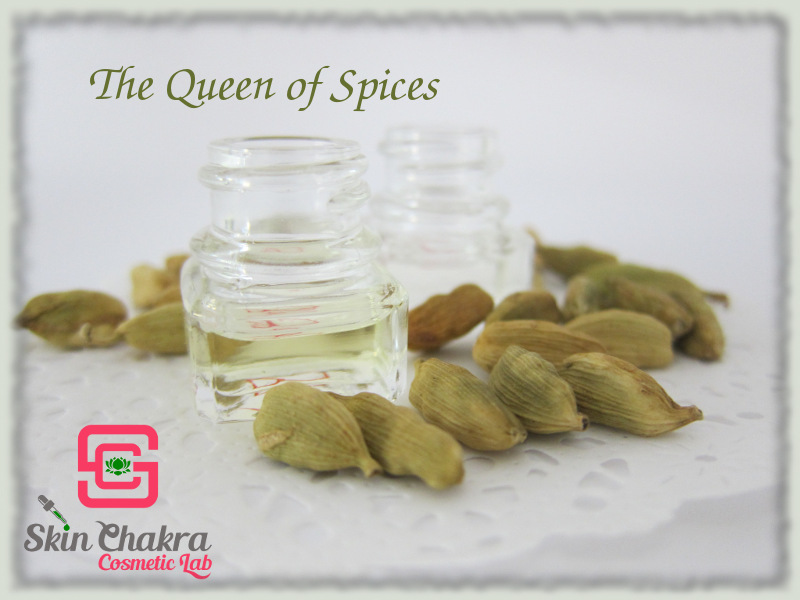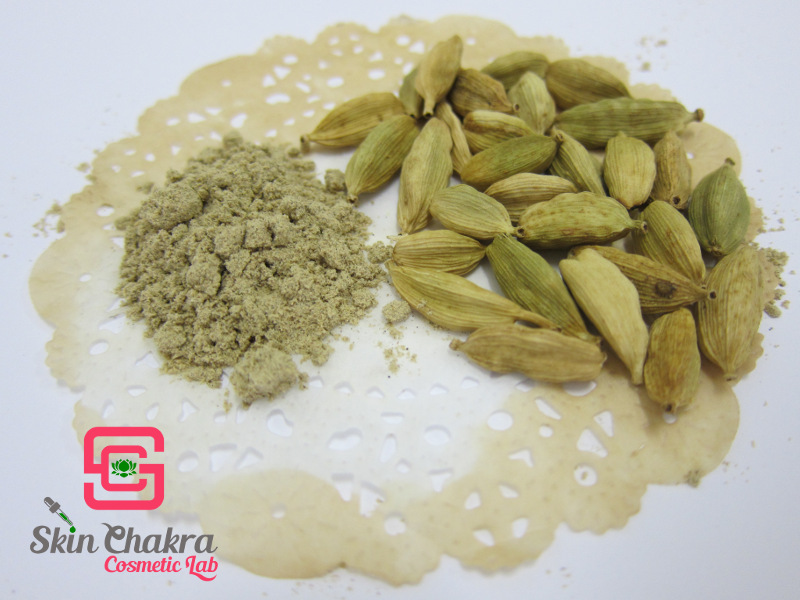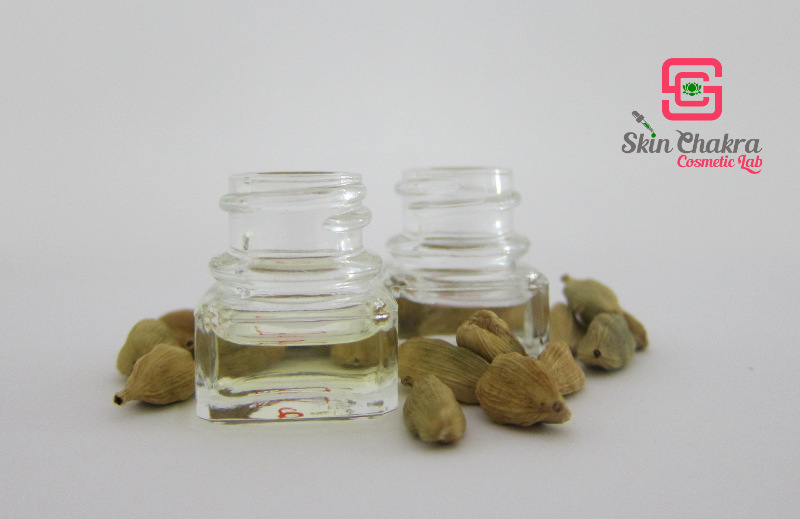
Donnerstag, 10. August 2017
The Queen of Spices: Cardamon

It is ranked the third most expensive spice in the world after saffron and vanilla: Elettaria cardamomum, commonly known as cardamon or cardamom.
A handful of cardamon seeds was once worth as much as a poor man's annual wages in Europe.
Almost unknown to European and American, it is a medicine and a spice in the Middle East being consumed in daily basis like salt and pepper.
Its origin is the mountains of south-western parts of the Indian peninsula and its history goes back to the 4th century BC. India had a monopoly of cultivation until a few decades ago but it is now cultivated in Guatemala, Sri Lanka, Laos, Thailand, El Salvador, Nepal, Vietnam, Costa Rica. The world production is estimated about 30,000 metric tons.
Cardamon might be raised from the seeds or more often from the rhizome or bulbs. It is a hard manual work. It is often raised in monoculture or with pepper and coffee. The fruits are gathered green and they are either:
1- Sulfur bleached and dried
or
2- Green curing where cardamon fruits are dried on trays in special heated chambers or over an special charcoal fire (these seeds are green in contrast to the sulfur dried seeds which are white/cream)
On a spice market, you can either purchase the whole seeds (with the shell) or the powder of the seeds.

Folklore uses:
Cardamon is used as a whole pod or seed powder to spice different dishes, tea and coffee (it is used to detoxify caffeine in people who excessively drink coffee) and most of all desserts and sweets. In Europe, it is used in some winter-special pastries and wines.
It is best known as a carminative and digestive to help upset stomach and to sweeten the breath and deodorize the mouth.
In India it is used against asthma, kidney stones, bronchitis as well as against disorders of the urinary tract.
Properties:
- Carminative
- Analgesic
- Antialergic
- Antibronchitis
- Antihistaminic
- Antiinflammatory
- Antioxidant
- Antipyretic
- Antiseptic
- Antiviral
- Decongestant
- Expectorant
- Antiedemic
- Cholagogue
- Hepatotonic
- Immunostimulant
- Aphrodisiac?
Chemical constituents
According to Dr. James Duke, cardamon is the richest source of 1,8-cineole among spices (up to 5,6% cineole). Cineole can enhance the dermal absorption of drugs (and probably cosmeceuticals? I couldn't find any research results).
On the other hand, and this is extremely important/interesting, 1,8-cineole activated detoxification enzymes in the liver (hence deactivating some prescription drugs).
Cardamon contains in average 2-5% volatile material. The whole pod contains starch and fiber in addition to the volatile matter. The scent is warm, spicy, sweet and green.
Essential oil vs. CO2 extract
In our online shop, we offer both an organic essential oil and an organic CO2 extract of cardamon.
These are slightly different in composition and scent. The essential oil has a more earthy note whereas the CO2 extract smells more green. The CO2 extract has a yellowish colour whereas the essential oil is completely colourless.

CO2 extract is prepared by supercritical fluid extraction (SFE) of the seeds. There is no organic solvent involved. The essential oil is prepared by steam distillation of the seeds.
18-22 kg raw material yields 1 kg cardamon CO2. The yield for the essential oil is much less and is 1-5%.
(These are charge related analysis from the products we have in our stock)
| Cardamon essential oil | Cardamon CO2 extract | |
| INCI Name | Elettaria cardamomum seed oil | Elettaria cardamomum fruit extract |
| Major components% | ||
| Terpinyl acetate | 40,44% | 50,0% |
| 1,8-cineole (Eucalyptol) | 29,90 % | 25,4% |
| Linalyl acetate | 5,02% | 6,3% |
| Sabinene | 4,79% | 2,0% |
| Linalool | 3,20% | 3,3% |
| Limonene | 2,51% | 1,4% |
| Myrcene | 1,96% | 0,41% |
| alpha terpineol | 1,79% | 2,2% |
| alpha-pinene | 1,61% | 0,68% |
| Geraniol | 1,11% | 0,72% |
| Neral | 0,35% | 0,44% |
| Geranial | 0,47% | 0,32% |
Safety and fragrance allergenes
Both the essential oil and the CO2 has a GRAS (Generally Recognized As Safe). There are no dermal max. dosage for any of them. However, according to Tisserand essential oils with a high content of 1,8-cineole (the same for the CO2 extract) may cause CNS and breathing problems in young children.
Do not apply cardamon essential oil and CO2 extract in products designed for young children
Both the CO2 extract and the essential oil contain some of the fragrance allergenes.
Citral, Limonene, Linalool, Geraniol are among fragrance allergene constituents with high concentration and depending on the concentration of the EO or CO2 extract in the finished product, you may need to declare these allergenes on your labels.
Cosmetic applications:
Cardamon is basically used in perfumery. The essential oil, CO2 extract, conventional extract or infused oil are used to impart fragrance to the finished product and to mask unwanted notes. The scent can become overpowering and should be used very sparingly.
We recommend an application dosage between 0,05-0,2% for both CO2 extract and the essential oil.
Further readings:
Chemistry of spices: V. A. Parthasarathy, Bhageerathy Chempakam, T. John Zachariah - 2008
Essential oil safety: Robert Tisserand, Rodney Young, 2013
CRC handbook of medicinal spices: James A. Duke 2002

